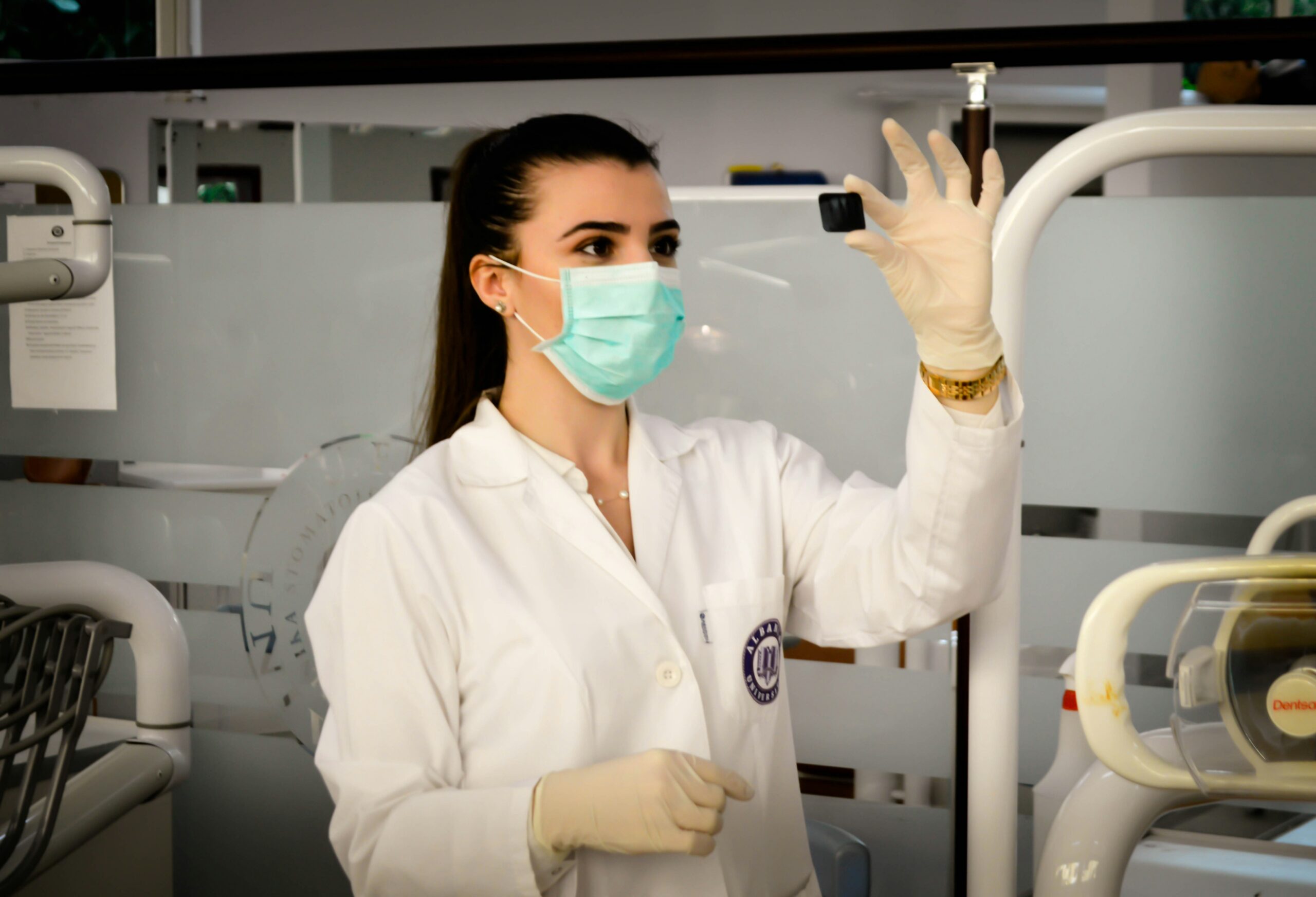
What is Abarognosis?
Abarognosis is a medical condition characterized by a loss of the ability to perceive weight or heaviness in objects. This phenomenon can be quite puzzling, particularly for medical students or professionals trying to diagnose patients experiencing such symptoms. Understanding abarognosis is essential for anyone studying neurology and sensory perception.
Causes and Symptoms
The underlying causes of abarognosis are primarily related to neurological disorders that impair sensory nerves. It can result from conditions such as strokes, multiple sclerosis, or peripheral neuropathy. Patients may not only find it difficult to determine the weight of various objects but may also experience other sensory dysfunctions. This loss of weight sensation can significantly impact daily activities and quality of life.
Diagnosis and Treatment
For medical students, recognizing abarognosis involves a comprehensive evaluation of a patient’s sensory response. Neurological examinations and tests assessing proprioception and tactile sensation are commonly employed. Treatment strategies may vary, focusing on addressing the underlying cause. Occupational therapy or sensory retraining may also help regain some sensory function.
Abarognosis may not be widely discussed, but its implications on patients are profound. Understanding this condition will enhance medical students’ knowledge and improve patient care strategies, fostering better outcomes for those afflicted by sensory impairments.
